El Serrallo is the maritime and port district of the city of Tarragona.
It has its beginnings in the middle of the xixth century, when, for the construction of the Tarragona-Reus-Montblanc railway line -Lleida and the expansion of the port of Tarragona, it was necessary to expropriate the land next to the sandy beach, the place where the fishermen lived, who were moved to the beach of Llatzeret and authorized to build houses, as long as they were made of wood and on wheels in order to facilitate their transfer when this suited the military authorities. This is considered the beginning of the neighborhood. Also from then on is when the neighborhood would begin to be known as "el Serrallo", a name that comes from the African War of 1859-1860.
However, Tarragona has a long tradition of 'documented fishing activity since the xiii century; the sea shops, wooden ...Read more
El Serrallo is the maritime and port district of the city of Tarragona.
It has its beginnings in the middle of the xixth century, when, for the construction of the Tarragona-Reus-Montblanc railway line -Lleida and the expansion of the port of Tarragona, it was necessary to expropriate the land next to the sandy beach, the place where the fishermen lived, who were moved to the beach of Llatzeret and authorized to build houses, as long as they were made of wood and on wheels in order to facilitate their transfer when this suited the military authorities. This is considered the beginning of the neighborhood. Also from then on is when the neighborhood would begin to be known as "el Serrallo", a name that comes from the African War of 1859-1860.
However, Tarragona has a long tradition of 'documented fishing activity since the xiii century; the sea shops, wooden shacks, have been documented since the xiv century, scattered along the Miracle beach and later in the area of u200bu200bthe mouth of the Francolí. During the xviii century the people of the sea lived inside the city, especially in the Upper part; in 1736 there were 6 sailors and 27 fishermen with their own house; they were not all, the poorest continued to live on the beach in front of Carrer del Mar.
At the beginning of the century, in 1803, a board was created with the aim of drawing up the planning of the maritime area; shortly after, in 1806, the planning of the neighborhood was documented by the engineer Antoni López Sopella. However, it was not until 1868 that the definitive constructions were authorized; little by little, land was gained in the sea, the construction of houses increased and a fishing pier was built there. The architecture of the houses is simple, and the neighborhood has an air of maritime architecture that makes it unique compared to other neighborhoods in Tarragona; the streets are also narrow and with little ventilation. In a short time, in 1880, the church of Sant Pere was built on top of the Francolí fort. One of the main promoters of the neighborhood was Anicet Espinach, financier and banker originally from Barcelona. Fishing boats, despite the urban improvements that were being made in the neighborhood, continued to moor on the beach at the end of the coastal pier, next to the church of Sant Pere, and also on the transversal dyke . The floods, however, caused material and human destruction, and the solution was the construction of a fishermen's wharf that was proposed during the Second Republic but could not be completed until 1942. The market building dates from 1946 and the first schools.
However, the neighborhood began to be depopulated between 1965 and 1970, when the Social Institute of the Navy built housing for fishermen outside the neighborhood, more dignified than the previous ones, a fact that have as a consequence that some buildings were left empty and deteriorated in a short time. Later, towards the mid-1980s, a neighborhood movement, Salvem el Serrallo, was launched, which wanted the redevelopment of the neighborhood and asked for the involvement of the Port of Tarragona and the City Council; very soon, in 1986, a set of measures emerged with the aim of stopping the degradation of the neighborhood, with the unifying nucleus of the church of Sant Pere. These are years in which there is a cultural revival, especially from the parish (Els pastorets, La passió del Serrallo) and from the impetus to traditional festivals such as the festivals of Sant Pere or del Carmen.
Thus, Serrallo is one of the most proportionally active and emblematic neighborhoods, so much so that the Tarragona City Council has already proposed promoting it as a tourist attraction.
The maritime neighborhood has a whole series of associations, many of which actively participate in events of a festive, cultural and religious nature in the city of Tarragona and other places:
- Gremi de Marejants (two Easter passages and three bands of timpani, 1713)
- La Presa de Jesús (Easter Pass and timpani band, 1955)
- Agrupação Coral del Serrallo (choral, 1970)
- Chiquets del Serrallo (castella gang, 1988)
- Gegants del Serrallo (giant gang and grallera, 1990)
- Diables Voramar and Víbria de Tarragona (gang of devils and beast of fire, 1990 and 1993 respectively)
As for the neighborhood's own festivals, it must be said that they have two , on June 29 Sant Pere (patron of the sailors' quarter) and on July 16 the Virgin of Carmel (patron of Serrallo).
As for the commercial fabric, it is the area where we can find more restaurants related to the world of the sea. The rest are small neighborhood businesses that are benefited by the very life that develops there, not being a simple residential neighborhood despite the distance from the center.


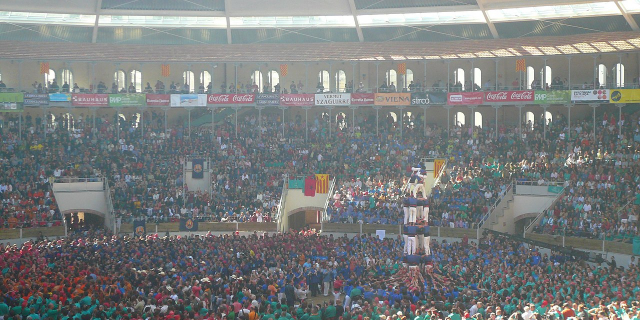
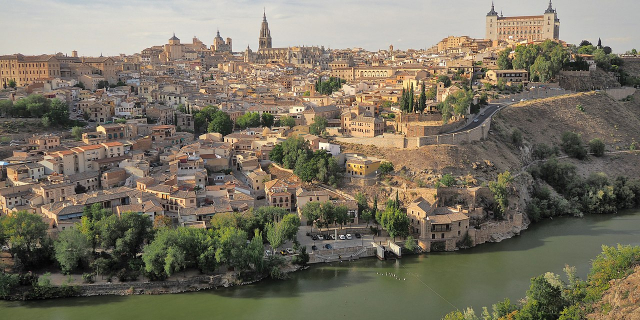




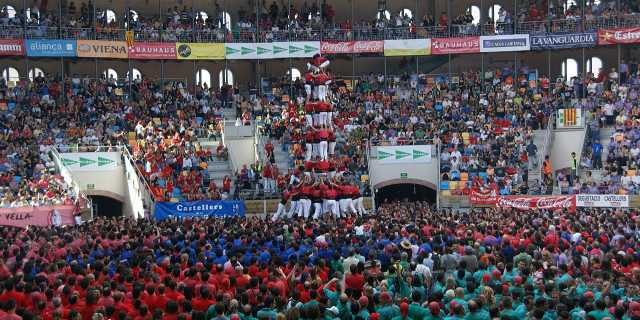

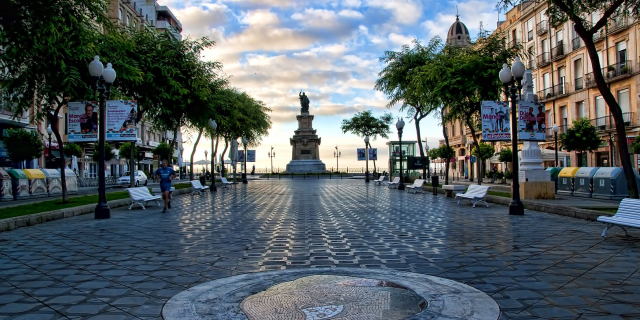


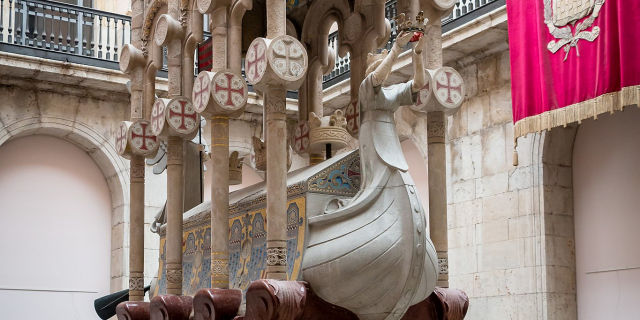

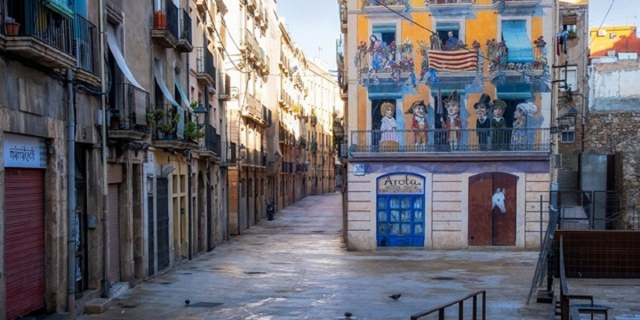



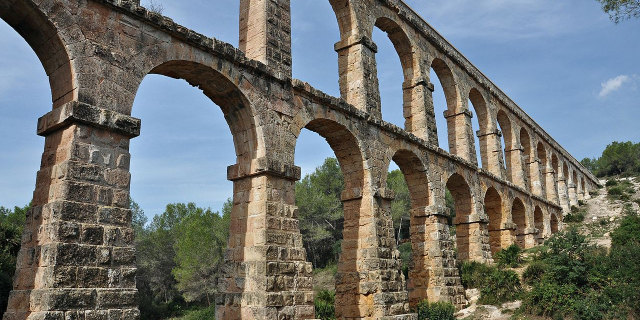


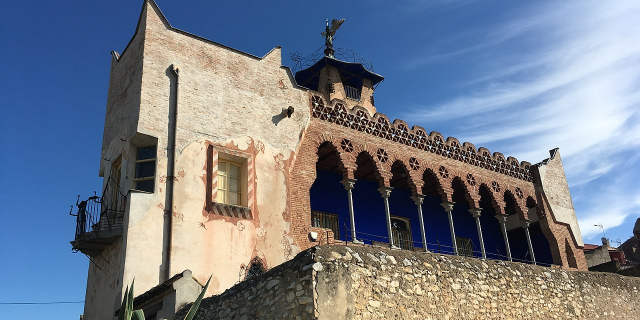




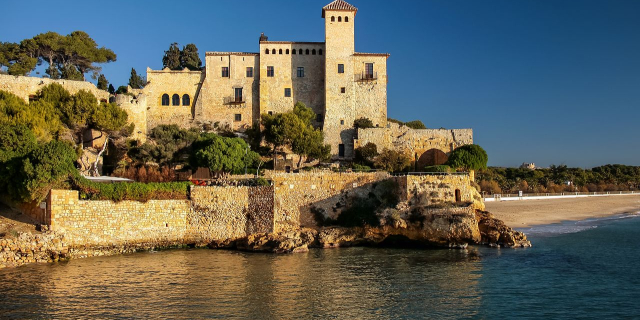

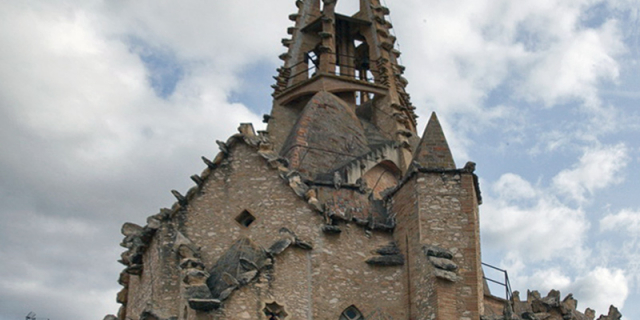







Add new comment